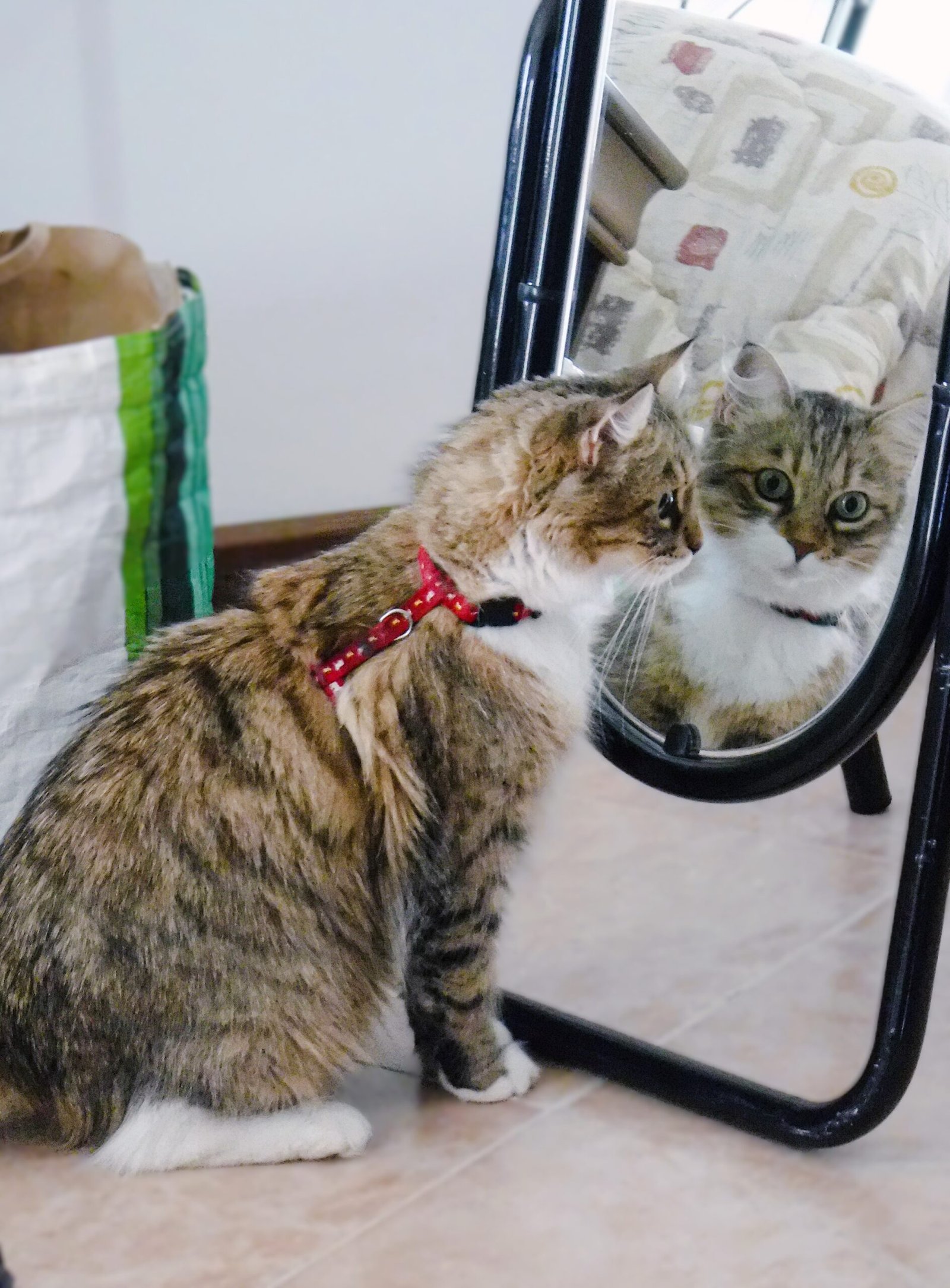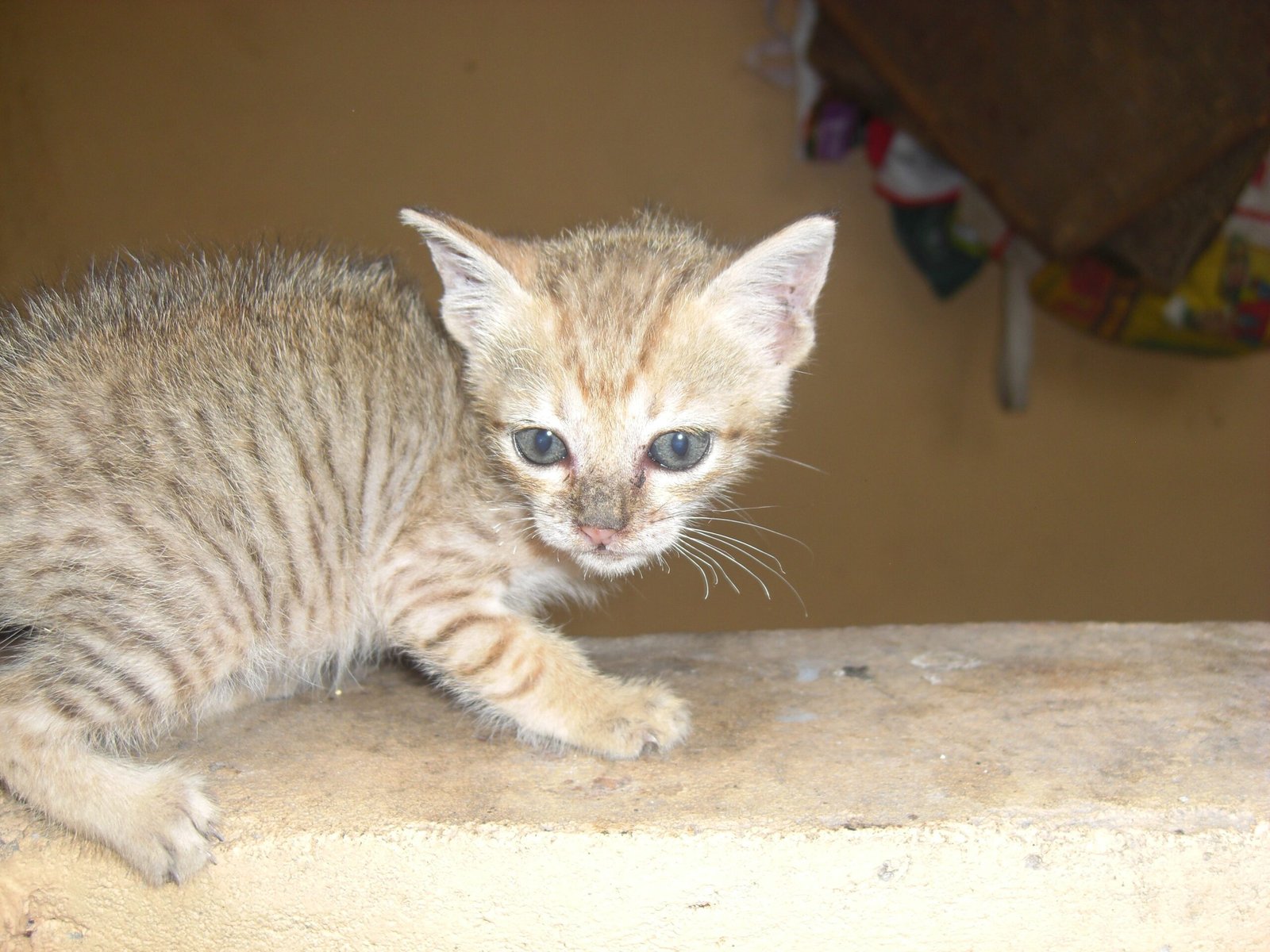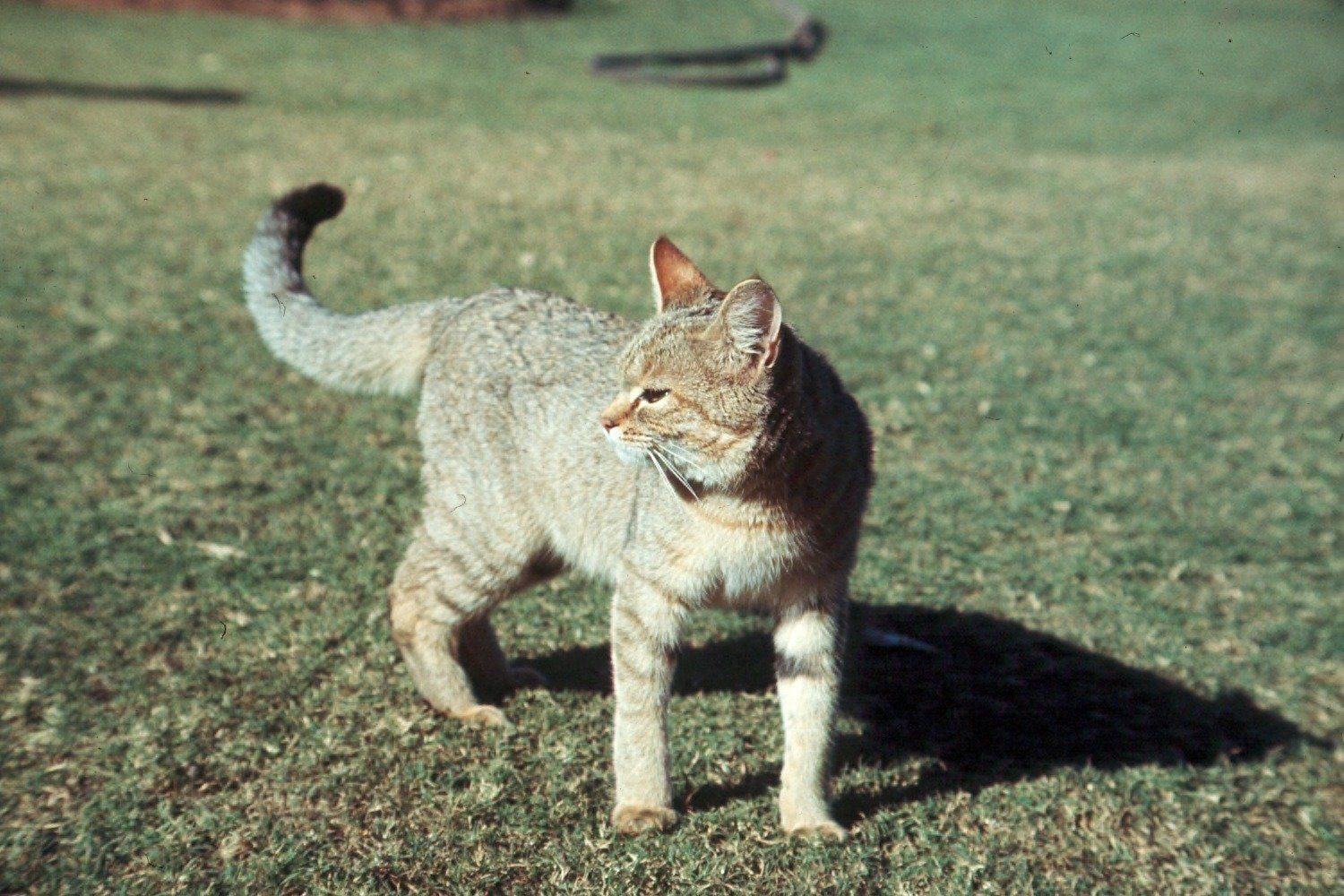Cats are known for their mysterious and independent nature. Just when you think your feline friend is enjoying a cozy cuddle, they might suddenly get up and walk away. This behavior can be puzzling and even a little hurtful, especially when you’re offering affection. But why do cats sometimes decide to leave during cuddle time? Let’s dive into the fascinating world of feline behavior and uncover the reasons behind this seemingly aloof action.
Understanding Feline Independence
Cats are naturally independent creatures. Unlike dogs, who are pack animals and thrive on interaction, cats often prefer solitude. This independence is deeply ingrained in their DNA. Historically, cats have been solitary hunters, relying on themselves for survival. This self-reliant nature means that even during a cuddle session, a cat might feel the need to assert their independence by walking away. It’s not personal; it’s just who they are.
The Overstimulation Factor

Cats have a unique sensory system that can become overwhelmed quickly. While a gentle pet might feel soothing to us, it can sometimes be too much for a cat. Overstimulation can lead to discomfort, causing them to get up and move away. Think of it like a massage that starts to feel too intense; you might enjoy it at first, but eventually, you’ll want it to stop. For cats, walking away is their way of saying they’ve had enough.
Temperature Sensitivity
Cats are very sensitive to temperature changes. When you’re cuddling, your body heat might make them too warm, prompting them to seek a cooler spot. This is especially true for long-haired breeds that can overheat quickly. It’s not that they don’t appreciate the warmth; they just need to regulate their body temperature. So, if your cat suddenly leaves your lap, it might be because they’re feeling a bit too toasty.
Seeking a Different Comfort
Cats have their own preferences when it comes to comfort. While your lap might seem like the perfect spot, your cat might have a different idea. They might prefer the softness of a particular blanket or the coolness of a tiled floor. When they walk away from a cuddle, they might simply be seeking out their version of comfort. It’s like choosing between a soft bed and a firm mattress; everyone has their own preference.
Exploration and Curiosity
Cats are curious creatures by nature. They love to explore their surroundings and investigate new scents and sounds. Even in the middle of a cuddle, something might catch their attention, prompting them to get up and investigate. This isn’t a rejection of your affection; it’s just their inquisitive nature taking over. Think of it like a child who suddenly spots a new toy and rushes over to check it out.
Feeling Vulnerable
Cuddling can make some cats feel vulnerable. In the wild, a cat would need to be alert to potential dangers, and being held can limit their ability to react quickly. When a cat walks away during cuddle time, it might be because they feel exposed and need to regain a sense of control. It’s not about distrust; it’s about their instinctual need to feel safe and secure.
Health and Discomfort

Sometimes, a cat’s decision to walk away during cuddle time can be a sign of physical discomfort. If your cat is experiencing pain or discomfort, they might not want to be touched. It’s essential to pay attention to any changes in behavior that could indicate a health issue. If your usually cuddly cat starts avoiding affection, it might be time for a vet visit to rule out any underlying problems.
Bonding on Their Terms
Cats have their own unique ways of showing affection. While we might enjoy a long cuddle session, cats often prefer shorter, more spontaneous interactions. When a cat walks away, it doesn’t mean they don’t care. Instead, they might be expressing love in their own way, on their own terms. It’s important to respect their boundaries and understand that affection can come in many forms.
The Role of Mood Swings

Just like humans, cats experience mood swings. One moment they might be in the mood for a cuddle, and the next, they might want to be left alone. These mood changes can be influenced by various factors, including hunger, tiredness, or even the time of day. It’s essential to recognize that a cat’s willingness to cuddle can fluctuate, and walking away might simply be a reflection of their current mood.
Personal Space and Boundaries
Cats value their personal space. While they might enjoy being close to you, they also need room to breathe. When a cat walks away during cuddle time, they might be seeking to re-establish their personal boundaries. It’s crucial to respect their need for space and give them the freedom to come and go as they please. By doing so, you’re honoring their autonomy and strengthening your bond.
The Influence of Past Experiences
A cat’s past experiences can significantly impact their behavior. If a cat has had negative experiences with being held or restrained, they might be more inclined to walk away during cuddle time. Understanding a cat’s history can provide valuable insights into their actions. It’s essential to be patient and gentle, allowing them to build trust at their own pace.
The Impact of Routine Changes
Cats are creatures of habit, and changes in their routine can affect their behavior. If your cat suddenly starts walking away during cuddle time, consider any recent changes in their environment. New pets, changes in household dynamics, or even alterations in your schedule can influence your cat’s behavior. By maintaining a consistent routine, you can help your cat feel more secure and comfortable.
Communicating Through Body Language

Cats communicate a lot through body language. When a cat walks away during cuddle time, they might be trying to tell you something. Pay attention to their posture, tail movements, and ear positions. These subtle cues can provide valuable insights into how your cat is feeling and what they might need. By learning to read their body language, you can better understand and respond to their needs.
The Role of Instincts

Cats are guided by their instincts. Even in a domesticated setting, these instincts remain strong. When a cat walks away during cuddle time, it might be their natural instincts kicking in, prompting them to patrol their territory or check for potential threats. Understanding the role of instincts in a cat’s behavior can help you appreciate their actions and respond with empathy.
The Importance of Trust
Trust is a crucial component of any relationship, including the one you share with your cat. Building trust takes time and patience. When a cat walks away during cuddle time, it might be a sign that they need more time to feel secure. By respecting their boundaries and offering consistent affection, you can strengthen the trust between you and your feline friend.
Recognizing Individual Preferences

Every cat is unique, with their own set of preferences and dislikes. While some cats might enjoy long cuddle sessions, others might prefer brief interactions. Recognizing and honoring your cat’s individual preferences can enhance your bond and ensure that your interactions are enjoyable for both of you. It’s about finding the right balance and understanding what makes your cat happy.
The Influence of Age

A cat’s age can influence their behavior. Younger cats might be more energetic and less inclined to sit still for long periods, while older cats might enjoy the warmth and comfort of a cuddle. Understanding how age affects your cat’s behavior can help you tailor your interactions to suit their needs. By being mindful of their age-related preferences, you can create a more harmonious relationship.
Building a Stronger Bond

Walking away during cuddle time doesn’t mean your cat doesn’t care. It’s an opportunity to learn more about their needs and preferences, ultimately strengthening your bond. By observing their behavior and responding with empathy, you can create a relationship built on mutual respect and understanding. It’s about finding ways to connect that honor your cat’s individuality.
Respecting Their Autonomy

Cats are independent creatures that value their autonomy. When they walk away during cuddle time, they’re asserting their independence. Respecting this autonomy is crucial for a healthy relationship. By allowing your cat the freedom to come and go as they please, you’re acknowledging their individuality and fostering a sense of trust and respect.
In the end, understanding why cats sometimes walk away during cuddle time is about recognizing their unique nature and respecting their boundaries. It’s a reminder that love and affection can take many forms, and sometimes, giving your cat the space they need is the greatest act of love you can offer.
Hi, I’m Bola, a passionate writer and creative strategist with a knack for crafting compelling content that educates, inspires, and connects. Over the years, I’ve honed my skills across various writing fields, including content creation, copywriting, online course development, and video scriptwriting.
When I’m not at my desk, you’ll find me exploring new ideas, reading books, or brainstorming creative ways to solve challenges. I believe that words have the power to transform, and I’m here to help you leverage that power for success.
Thanks for stopping by, Keep coming to this website to checkout new articles form me. You’d always love it!




